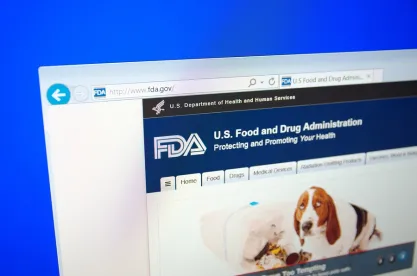On October 29, 2019, the U.S. Department of Agriculture (USDA) released its long-awaited interim final rule governing the U.S. Domestic Hemp Production Program. USDA has been developing these interim regulations since hemp was federally legalized under the 2018 Farm Bill. These hotly anticipated rules are important not only for hemp producers and hemp-derived product companies, but for cannabis companies interested in diversifying or pivoting into a crop that is legal under federal law.
The interim final rule on hemp will be formally published in the Federal Register on October 31, 2019, with a 60-day public comment period to follow. Once published in the Federal Register, the rules will immediately become effective. USDA will also begin to evaluate state and tribal hemp production plan submissions.
The interim final rule includes provisions for the USDA to approve state and tribal hemp production plans including:
- Requirements for maintaining information on the land where hemp is produced for at least three years;
- Sampling and total testing of the levels of delta-9 tetrahydrocannabinol (THC) in hemp within 15 days prior to harvest by a DEA-registered laboratory;
- Disposal of hemp plants not meeting necessary requirements by a DEA-registered reverse distributor or an authorized Federal, State, or local law enforcement officer;
- Compliance measures, including annual inspections and procedures for handling violations;
- Information sharing with USDA; and
- Licensing requirements
After the USDA approves state and tribal production plans, hemp producers will be eligible for USDA programs including crop insurance coverage.
Also of note, the interim final rule contains a small cushion for crops testing higher than 0.3% THC due to variation or uncertain genetics, a.k.a. “hot hemp”. According to USDA, farmers would not be considered to be committing a “negligent violation” if they “use reasonable efforts to grow hemp” and the plant does not have a THC concentration of more than 0.5%. Further, USDA will consider the entire harvest from a distinct lot in determining whether a violation has occurred.
Finally, the interim final rule establishes a federal plan for hemp producers in states or in tribal territories that do not have their own approved hemp production plan and have not prohibited hemp. For example, even after the rule goes into effect, farmers in South Dakota, which outlaws hemp production, would not be able to legally produce hemp because of the state’s current position. Once the rule becomes effective, states and tribes may not prohibit interstate shipments of hemp lawfully produced under an approved state or tribal plan or a USDA-issued license under the rule, regardless of the state’s or tribe’s position on growing hemp.
The interim rule expires in two years, by which time the USDA hopes to have final rules in place.



 />i
/>i

